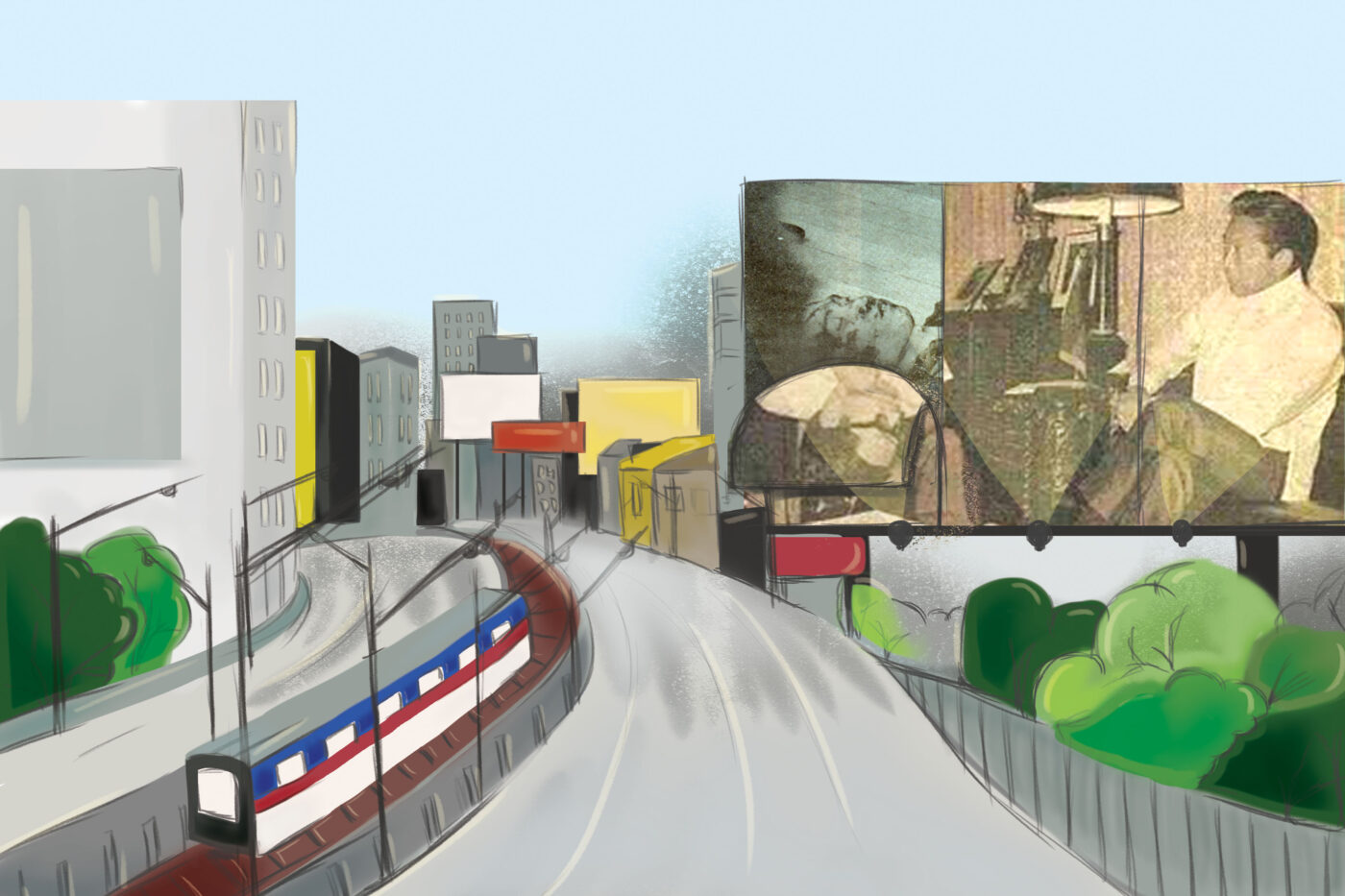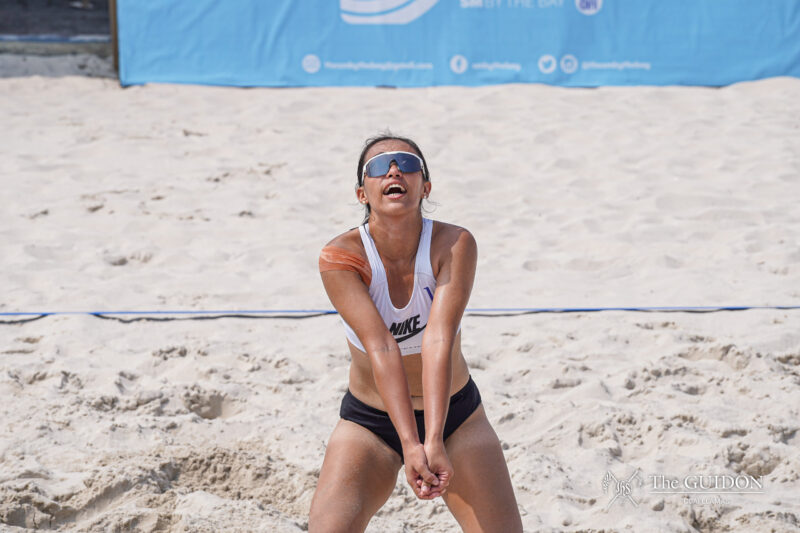AT THE corner of EDSA and Quezon Avenue is a place called Bantayog ng mga Bayani. This memorial center is comprised of the Inang Bayan statue, Metro Manila’s only museum dedicated to the memory of the country’s Martial Law era, as well as a Wall of Remembrance inscribed with the names of those who lived and died during those years. According to the Bantayog website, it was unveiled on November 30, 1992 and has been open to the public ever since.
In another part of the Metro stands the Manila Cathedral. Located a couple of blocks behind the Cathedral is the Memorare – Manila 1945 Monument, set up in memory of the “over 100,000 men, women, children, and infants killed in Manila during the battle for its liberation, Feb. 3 to March 3, 1945,” or rather, the culmination of the The Manila Massacre during the Battle of Manila, the spree of war crimes committed by Japanese Imperial forces in their final days of occupying the city.
These are just two of the physical manifestations of significant moments of Philippine history and yet they are rarely acknowledged in the public and private spheres of our society. The deficient social memory of Filipinos on these subjects is indicative of a much larger problem occurring at a national scale. As the newly elected government administration seeks to unite the nation, a more mature and open discussion of Philippine memory is a necessity.
Taking cues, beating paths
The origins of memory studies can be traced back to the work of Maurice Halbwachs, a French sociologist who wrote on “la mémoire collective” (“collective memory”). Although he is widely regarded as the Father of Memory Studies for his research in the social science, the field found new roots in various other disciplines late in the 20th century.
“The ‘memory boom’ already started in the 1980s through institutionalized courses, journals, etcetera, all over the world, but especially in Europe,” says Jocelyn S. Martin, PhD, an Assistant Professor at the English Department. A pioneer in Philippine memory studies, Martin was introduced to the field while working on her dissertation in Belgium.
“I think that the two World Wars were a big influence to the memory boom in Europe. It is not by chance that most first thinkers of Memory Studies came from France and Germany,” she adds. It is no surprise that the field of memory studies is presently one that is predominantly Eurocentric. That being said, that is no less reason for the development of non-European memory studies.
Martin expressed that Asian fields of study, particularly those in the Philippine context, must be proposed in the otherwise European-led discourse on memory.
“One might look into the different ways our different languages say ‘to remember’ or ‘to forget’ and how do these compare with the Greek, Latin or Western ways of perceiving memory. [For example,] the word tanda alone both signifies a mark and can, when given the right suffixes, allude to the elderly or learning,” she says.
Martin is currently in the process of assembling a group of Filipinos doing research in memory in order to represent the Philippines in global forums. She believes this will lead to greater investments in local research projects and more fruitful discourse on national issues of memory.
The hill remembers
In its current state, the field of memory enjoys–or suffers from–relatively obscure existence in the Philippine academe. The Ateneo de Manila University is the only institution in the country that offers courses on memory studies.
Martin pioneered three different electives under the English Department: Literature and Memory Studies, Literature and Trauma Studies, and Literature and Black Studies. All these courses utilize methodology and framework from memory studies and its branches to study literary and, at times, cultural texts.
History Assistant Professor Jose Ma. Edito Tirol, PhD, feels that it is natural and necessary to discuss memory while discussing history. “I tell my students for the first lecture of History 166 [that] all the writing of history is the product of someone’s memory. In the same way, the way we remember is affected by the history around us. It goes both ways,” he says.
Tirol is currently working on a History elective on memory and the Martial Law era scheduled for the second semester of the school year. He said he has already come up with a shortlist of guest lecturers from various departments in the Loyola Schools who will provide alternative approaches to the discussion Martial Law.
The guest lecturers include Cristina J. Montiel, PhD (Psychology), Fernando N. Zialcita, PhD (Sociology and Anthropology), Nikki B. Carsi-Cruz, PhD (Interdisciplinary Studies), and former Loyola Schools President Bienvenido F. Nebres, SJ.
A memory studies minor program is also a work-in-progress, though it may be several years until the LS can officially offer the program to its undergraduate students.
The further integration of memory studies within the Loyola Schools keeps up with the university’s emphasis on interdisciplinarity, most recently reiterated by Associate Dean of Academic Affairs Josefina D. Hofileña on the August 17 Faculty Day.
A national symptom
As much as the field of memory studies has been gaining traction within Philippine academic circles, it would be almost counterintuitive if it remains esoteric in nature.
“We have an incredibly bad short-term memory,” Tirol says of Filipinos in general, particularly on the topic of Martial Law. “Because we don’t study history and memory, look [at] where we are now… Not only do we not understand what happened, we don’t understand why we remember this way, or why we forget this way.”
It would indeed be a failure of studies on memory if they are perceived to complicate the past instead of make sense of it.
“We need to have a language that is part of the everyday language of the everyday people. Just saying ‘discourse’ and ‘memory’ will not ring any bells,” says Montiel, who has done much of her research in social psychology.
In addition, Tirol expressed his frustration towards the lack of government efforts in reinforcing memory at a national level, something that he believes is its responsibility. “It does not help that the institutions that are supposed to help create memory, don’t,” he says.
Both the Bantayog and Memorare were funded and built by private organizations, mostly made up of survivors and their descendants. The Bantayog ng mga Bayani Memorial Foundation was even responsible for organizing the August 14 rally in protest of the burial of Ferdinand Marcos in the Libingan ng mga Bayani.
“You see,” Tirol continues, “Memory is not something immediate in the brain, it must be constantly reinforced. And you have to reinforce it by action that will justify a particular kind of memory.”
Martin adds that “some people are accusing historians or ‘Education’ in general for not teaching enough on Martial Law. Whether this is true or not… the point is, the ‘duty to remember’… does not have to depend on institutionalisation. It can and has to start from home.”
However, we must not hold the view that uncovering, exposing, and understanding historical inaccuracies, crimes against humanity, or the dark times of our history is all that memory studies is good for. Memory studies is not an inherently justice-seeking field of study.
On Thursday August 11, 2016, Kritika Kultura organized a lecture delivered by Sharon Delmendo, PhD of St. John Fisher College. She addressed the rumors that were circulating around local and international media regarding Dwight D. Eisenhower’s involvement in the acceptance of thousands of “Manilaners,” Jews seeking refuge in the Philippines during the Second World War. Her findings showed that Eisenhower had no involvement in the rescue, which was the product of cooperation between then-President Manuel L. Quezon, American ambassador Paul V. McNutt, and the Filipino people who welcomed the refugees, some of whom still enjoy life in the Philippines to this day.
Delmendo, who has dedicated a large amount of her time to do research on the Manilaners, believes that it is only right to give credit where credit is due. She says her lecture was not designed to discredit Eisenhower in any way, but to give Quezon, McNutt, and the citizens of the Philippine Commonwealth the recognition and respect they deserve.
Martin offered an anecdote about her return to the Philippines after her 22-year stay in Europe:
“I was struck by the frequent singing of the national anthem – in schools, cinemas, etc. I heard myself saying that if one did this in, say, to take an extreme case, Germany, this would be frowned upon. While I was touched by the positive sense of nationalism… at the same time, I was wondering whether such ceremonies were actually still ways of instilling national identity.”
The best thing the Philippines, or any country for that matter, could do with its own field of memory studies is to remember and rearticulate its memories for the formation, or reformation, of a national identity.
Towards the future
Although memory mostly concerns the present-day study of the past and its manifestations in the present, Martin forwards the thought that memory studies allows us to come to terms with the past in order to face the future. It also enables us to understand individuals and institutions through the way one curates a museum, conducts flag ceremonies, or translates a written document.
“How are we going to move forward when the institutions that should create memory, generate memory for succeeding generations, don’t know how or won’t? That’s why it’s relevant that today we have things like memory studies,” Tirol concludes.
However, regardless of our efforts to reconcile the differences in our memories, monuments will be built, burials will be protested, and flame wars will rage on. The constant struggle between culturally accepted memory and the individual memories located at the peripheries of society will continue to be a reality. But that is not necessarily a drawback; difference suggests people are still willing and able to remember what they remember.
One of the worst diseases that could afflict a person is Alzheimer’s; the person forgets places, events, people, and eventually himself. It is our responsibility to ensure this never occurs on a national level.
Because the Filipino is worth remembering.







